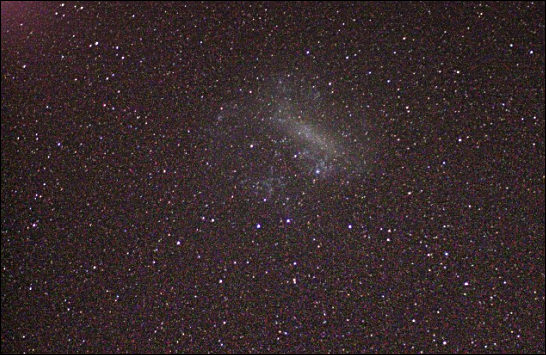

We who live in the West and Southwest may have a more acute sense of the past than those in other parts of the country. In part, this is thanks to well preserved pueblo ruins; in part it may be because so much of the land in the western United States is sparsely vegetated, allowing fossil remains of extinct animals and plants to be more easily weather out and be found than in more heavily vegetated regions.
Be that as it may, people everywhere are exposed to the past in a much
deeper sense, if only they realized it. Take a look into the sky. If you see the sun,
you're seeing it as it was about 8 minutes ago. If you look at the night sky, the
light from most of the heavenly bodies you're looking at show them as they were
anywhere from a few years to millions of years ago—a true look into the past, and it is
only thanks to this time machine that we've been able to reconstruct much of the
history of the universe.

Listen to the Audio (mp3 format) as recorded by KTEP, Public Radio for the Southwest.
Contributor: Arthur H. Harris, Laboratory for Environmental Biology, Centennial Museum, University of Texas at El Paso.
Desert Diary is a joint production of the Centennial Museum and KTEP National Public Radio at the University of Texas at El Paso.

Stars—the astronomers' time machines. Photograph courtesy of NASA.